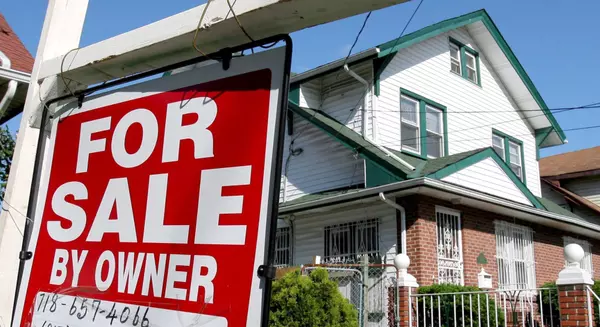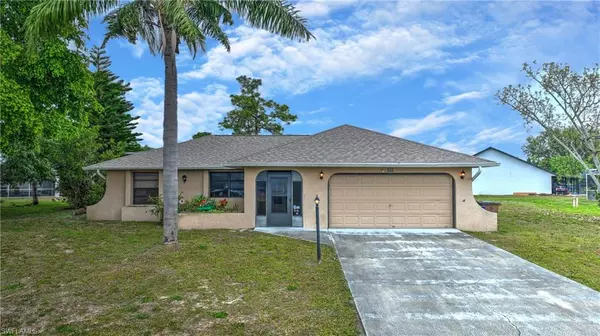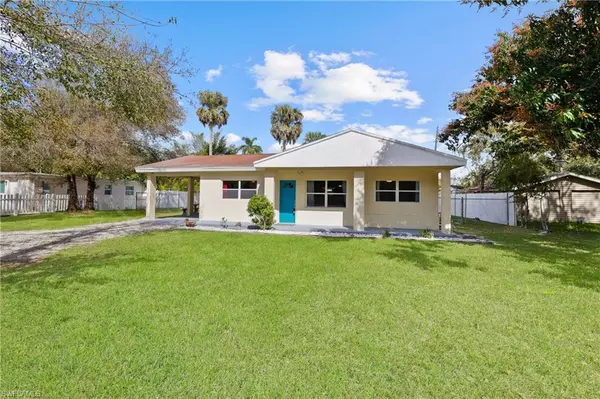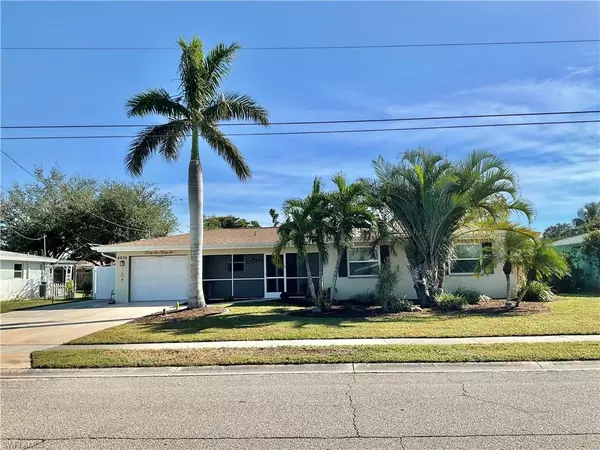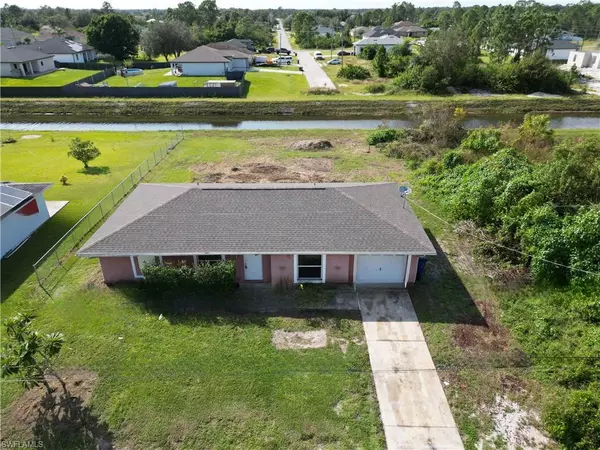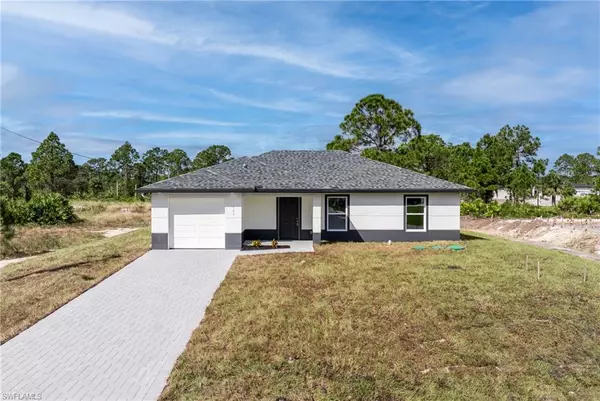

Mortgage Rates Dropped Last Week — What It Means for Florida Homebuyers
Mortgage interest rates took a noticeable dip last week, giving a boost of optimism to homebuyers who have been waiting for the right moment to enter the market. For many, this decline opens the door to better affordability, stronger purchasing power, and renewed activity in the Florida housing ma
Read More

mortgage rates
Navigating the world of real estate can be complex, especially when it comes to understanding mortgage rates. These rates are crucial because they determine how much you'll pay over the life of your loan. Here’s a breakdown of what you need to know about mortgage rates and how they can impact your h
Read More

Mortgage Rates Inch a Bit Higher this Week
After four weeks of declines, the average rate for a 30-year, fixed-rate mortgage rose to 6.12% from last week’s 6.09%. It may suggest some short-term stability. McLEAN, Va. – The average long-term U.S. mortgage rate ticked up slightly this week after four weeks of declines, a possible sign of stabi
Read More

Conventional Loan Limit
2023’s New Conventional Loan Limit: $726,200 By Kerry Smith FHFA announced new conforming loan limits for 2023, and most buyers can borrow up to $726.2K without a jumbo loan – and it’s over $1M in some areas. WASHINGTON – Fannie Mae and Freddie Mac – which back a majority of U.S. home loans – have a
Read More
Categories
Recent Posts
